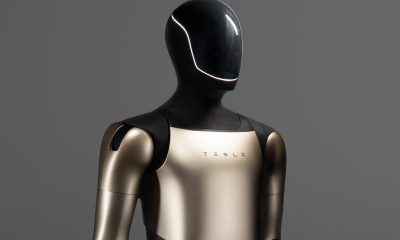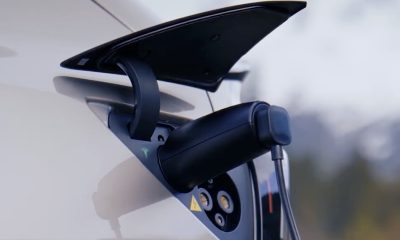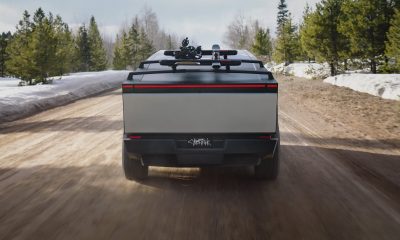News
Tesla Model Y L addresses one huge complaint from many owners
If you have ever used a wireless charger inside a Tesla or almost any vehicle, for that matter, you will notice that your phone will charge slowly, and it will get extremely hot. This is mostly due to the inherent inefficiency of electromagnetic induction, which is the process that wireless chargers use to transfer energy to the phone.
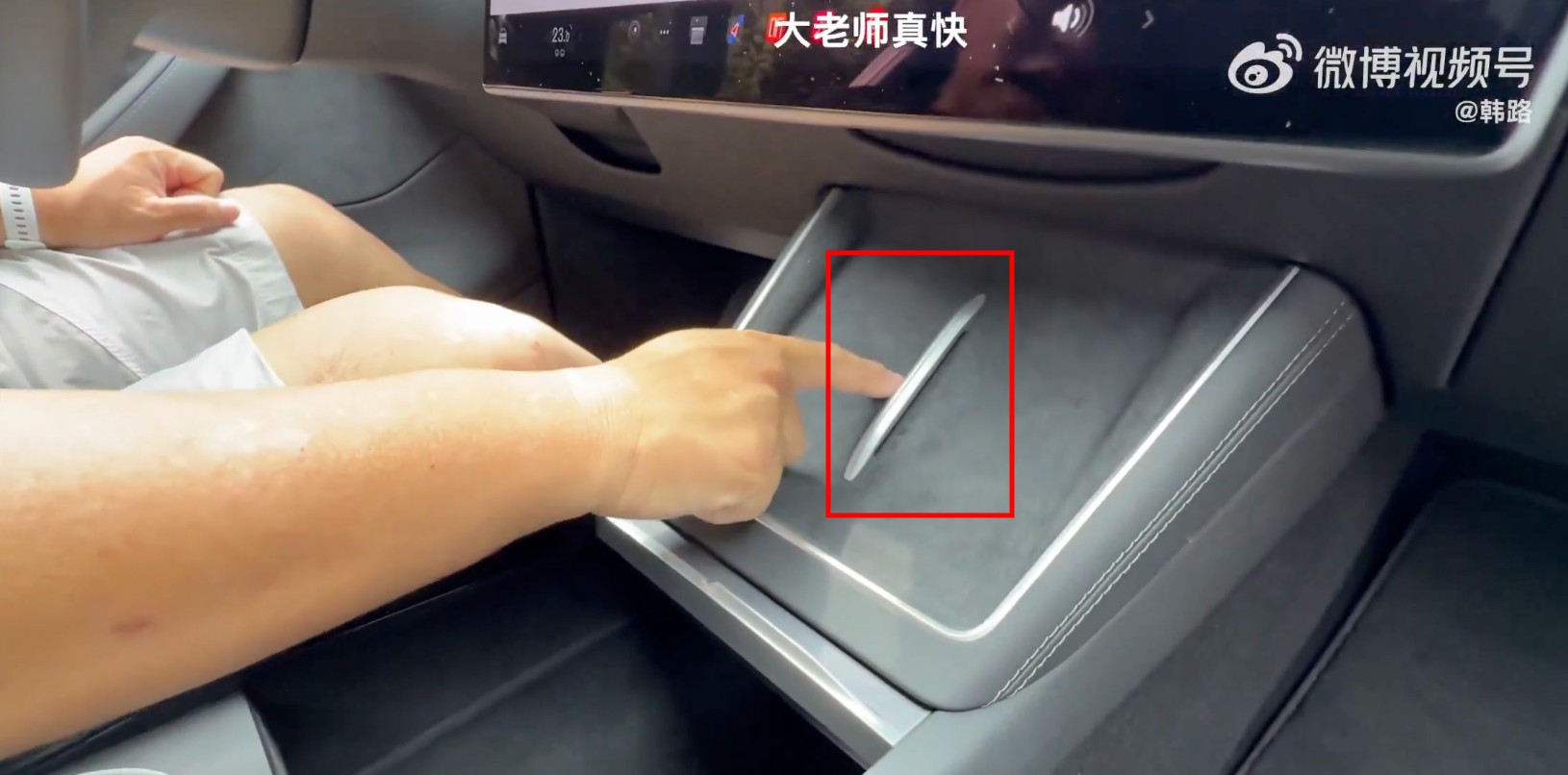
The new Tesla Model Y L is officially launching in China at a great price and with all of the awesome features of the original model, but with more space. The vehicle is also addressing one huge complaint that many owners have discussed.
The new Model Y L features a more spacious interior, new front seats with adjustable headrests, captains chairs, and mechanical armrests in the second row, and B Pillar air vents for improved circulation.
Tesla Model Y L officially launched: price, features, and more
However, there are some other features that are flying under the radar, including one that addresses a common complaint of many Tesla owners: wireless charging.
If you have ever used a wireless charger inside a Tesla or almost any vehicle, for that matter, you will notice that your phone will charge slowly, and it will get extremely hot. This is mostly due to the inherent inefficiency of electromagnetic induction, which is the process that wireless chargers use to transfer energy to the phone.
The inefficiency is evident in the heat, as that is the lost energy that should be going to the phone, but does not.
To combat this problem, Tesla has rolled out a new feature with the wireless charging mat in the Model Y L.
Tesla has used small slit air vents in the center of the wireless charger, which separates the two pads, to blow cool air on the phones to prevent overheating:
In a first for @Tesla, the new Model Y L has air cooled wireless phone chargers. The charging base has small slit air vents in the center that blows cool air onto your phone to prevent overheating.
The left driver’s side wireless charger now supports up to 50W charging speeds… pic.twitter.com/g6o4XgkYYE
— Sawyer Merritt (@SawyerMerritt) August 19, 2025
This will keep the temperature of your phone down and could prevent the dreaded “iPhone too hot” message that deems your device unusable until it reaches a more stable temperature.
Additionally, Tesla has upgraded the driver’s side wireless charger to support 50W charging speeds. The passenger charger remains at 30W.
This is a small but valuable improvement to the wireless charging apparatus could be a game changer, as there have been so many complaints about this feature in other Tesla vehicles.
News
Tesla loses Model Y program manager in second blow in single day

Tesla has lost its Model Y Program Manager, he announced on LinkedIn, marking the second major departure from the company today.
Emmanuel Lamacchia has been in the role for 4 years and 7 months, responsible for the rollout of the all-electric crossover in several markets.
The Model Y became the best-selling vehicle in the world for two years under Lamacchia’s watch, making this a huge loss for the company. However, it seems the decision was made under Lamacchia’s own initiative.
He confirmed his decision on LinkedIn:
“After 8 incredible years, I’m moving on from Tesla.
What a journey it’s been… from leading NPI for Model 3 and Model Y variants to becoming the Vehicle Program Manager for Model Y, the best-selling car in the world!
Leading the All-New Model Y launch was the highlight: converting all 4 factories across 3 continents in just 2 weeks. Something that had never been done before in the auto industry.
To the teams who made this possible: you should be incredibly proud. This achievement belongs to you: the engineers, designers, buyers, and associates in Fremont, Shanghai, Berlin, and Austin who turned an impossible timeline into reality.
Grateful to the leaders who trusted me with programs that stretched my capabilities and to the cross-functional partners who showed me that great solutions come from collaboration, not hierarchy.
Tesla taught me how to move fast without breaking things and how to scale from prototypes to millions of units.
Excited for what’s next. More to share soon.”
It marks the second major program loss for Tesla today, as it also bid farewell to Cybertruck and Model 3 Program Manager Siddhant Awasthi, who said he left voluntarily in “one of the hardest decisions of his life.”
Lamacchia was at Tesla for just a shade under eight years, and previously worked for Rolls-Royce for roughly the same amount of time.
After the loss of both Lamacchia and Awasthi today, Tesla has lost a handful of key executives in 2025, including:
- David Imai, Director of Design
- David Lau, VP of Software Engineering
- Mark Westfall, Head of Mechanical Engineering
- Prashant Menon, Regional Director in India
- Vineet Mehta, Head of Battery Architecture
- Omead Afshar, VP/Head of Sales and Manufacturing in North America
- Milan Kovac, Head of Optimus Team
- Jenna Ferrua, Director of HR
- Troy Jones, VP of Sales, Service, and Delivery
- Pete Bannon, VP of Hardware Engineering
- Piero Landolfi, Director of Service
News
Tesla prepares to expand Giga Texas with new Optimus production plant
Drone operator Joe Tegtmeyer recognized Tesla construction crews performing ground leveling and clearing efforts at the plant earlier today.
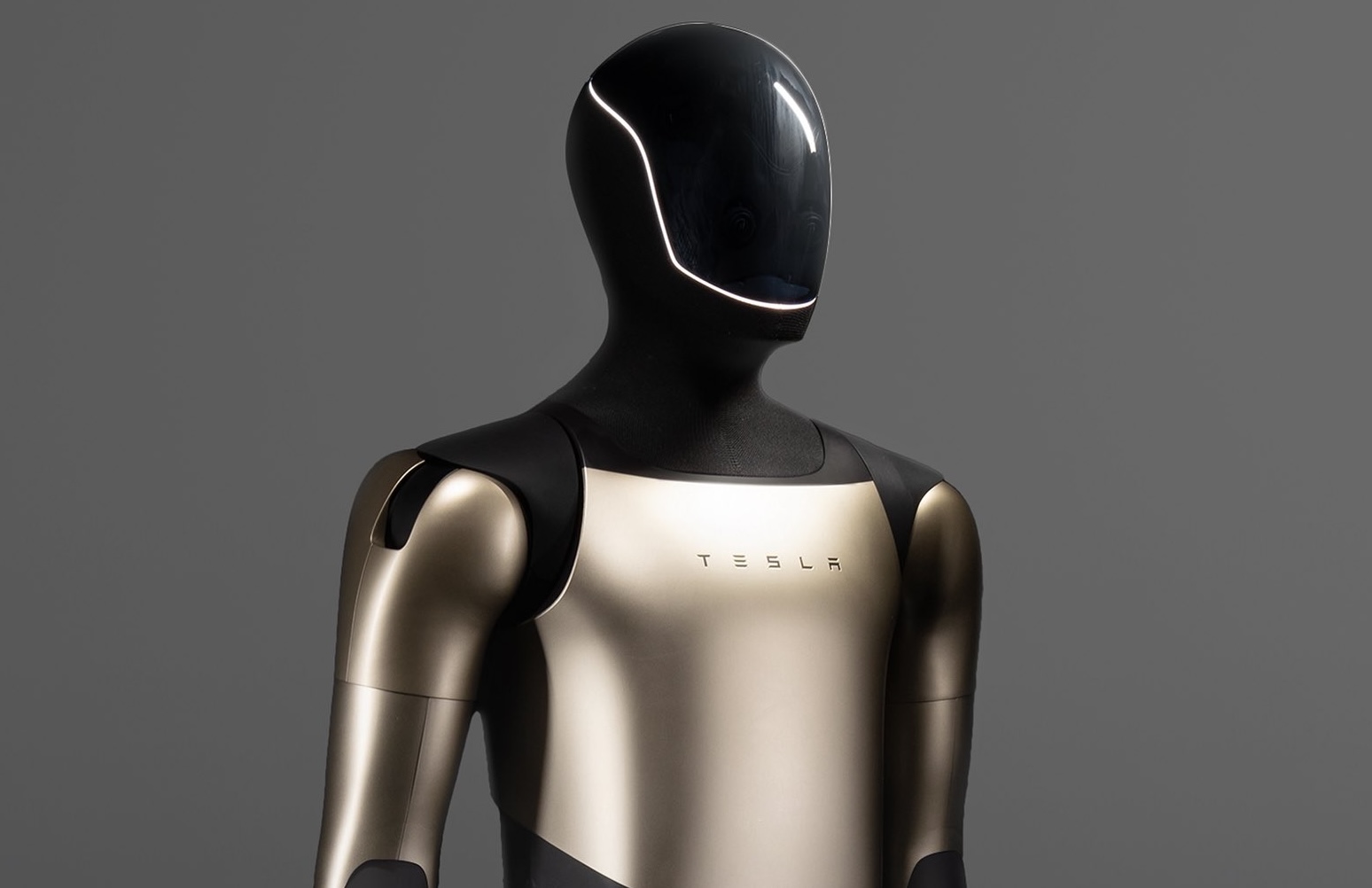
Tesla is preparing to expand Gigafactory Texas once again with a brand new facility that will house the eventual manufacturing efforts for Optimus, its humanoid robot.
It is already building some units on a Pilot line at the Fremont Factory in Northern California, but Tesla is planning to build the vast majority of its Optimus project at Gigafactory Texas.
Tesla Optimus gets its latest job, and it’s not in the company’s factories
It will build one million units per year in Fremont, but CEO Elon Musk said the company would build 10 million units every year in Texas at a new building at Giga Texas.
Musk said:
“I think there could be tens of billions of Optimus robots out there. Um, now obviously it’s very important we pay close attention to safety here. Then a 10 million unit uh per year production line here the I don’t know where we’re going to put the 100 million unit production line. on Mars. Maybe on Mars, I don’t know.”
Evidently, Tesla is ready to begin thinking about the production efforts of Optimus beyond a theoretical standpoint and is starting to prepare for the construction of the manufacturing plant on Giga Texas property.
Drone operator Joe Tegtmeyer recognized Tesla construction crews performing ground leveling and clearing efforts at the plant earlier today:
Giga Texas News!
A brand-new, stand-alone factory is starting construction! This follows the Shareholders meeting & info that a 10-million-per-year @Tesla_Optimus production facility “on the Giga Texas campus” will be built & enter into production in 2027!
Here are some… pic.twitter.com/7ig5DohfOt
— Joe Tegtmeyer 🚀 🤠🛸😎 (@JoeTegtmeyer) November 10, 2025
Production is still slated for 2027, at least at Gigafactory Texas. As previously mentioned, the company is building some units in Fremont for the time being, at least until subsequent versions of the Optimus project advance.
Tesla has done a great job of advancing Optimus forward, but it also has truly grand expectations for the project.
Musk said it could potentially be the biggest product in the history of the planet, as it will revolutionize the way humans perform tasks, probably eliminating monotonous tasks from everyday life.
News
Tesla reveals its first Semi customer after launch

Tesla revealed its first customer for the all-electric Semi truck after it launches next year. Who it truly is should not be a surprise.
The Semi is going to finally start deliveries to new companies outside of Tesla’s pilot program starting in 2026. The company has been building a dedicated production facility in Reno, Nevada, that has finally taken shape, but Tesla was evidently not finished with the Semi’s development.
Last week at the Annual Shareholder Meeting, Tesla said it had implemented some new designs into the Semi, helping with efficiency, updating its design, and making it a more suitable vehicle for hauling loads, as the changes also helped increase payload.
Tesla has obtained a lengthy list of companies that have committed to implementing the Semi in their own fleets, hoping to bring their logistics lineups up to date with electric powertrains and autonomous technologies.
While it is already operating a pilot program with PepsiCo. and Frito-Lay, Tesla will expand to other businesses, primarily using it internally after its launch.
Head of the Semi program at Tesla, Dan Priestley, said the company would be the first user of the vehicle after its launch next year. It has been using it to a certain extent, but the company has not been able to completely abandon gas haulers.
Instead, it will implement the Semi into its fleet for more sustainable vehicle logistics starting next year:
Tesla will be the first customer as we electrify our supply chain. This includes Texas operations.
— Dan Priestley (@danWpriestley) November 7, 2025
Tesla has already received orders for the Semi from a variety of large companies, including Walmart, Sysco, Anheuser-Busch, UPS, DHL, J.B. Hunt, among others.
Many analysts see the Tesla Semi as a major contributor to future growth and increasing value within the company, especially from a Wall Street perspective. Some firms say the Semi is one of several near and medium-term contributors to the company increasing its market cap.
Cantor Fitzgerald is just one of those firms, as last week it explicitly listed the Semi as a catalyst.
Analyst Andres Sheppard said, “Overall, we remain bullish on TSLA over the medium to long term. We continue to see meaningful future upside from Energy Storage & Deployment, FSD, Robotaxis/Cybercab, Semis, and Optimus Bots.”
-

 News3 days ago
News3 days agoTesla shares rare peek at Semi factory’s interior
-

 Elon Musk3 days ago
Elon Musk3 days agoTesla says texting and driving capability is coming ‘in a month or two’
-

 News2 days ago
News2 days agoTesla makes online ordering even easier
-

 News2 days ago
News2 days agoTesla Model Y Performance set for new market entrance in Q1
-

 News3 days ago
News3 days agoTesla Cybercab production starts Q2 2026, Elon Musk confirms
-

 News3 days ago
News3 days agoTesla China expecting full FSD approval in Q1 2026: Elon Musk
-

 News4 days ago
News4 days agoTesla Model Y Performance is rapidly moving toward customer deliveries
-
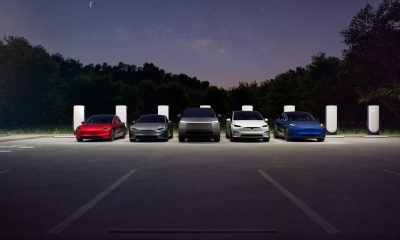
 News1 day ago
News1 day agoTesla is launching a crazy new Rental program with cheap daily rates




